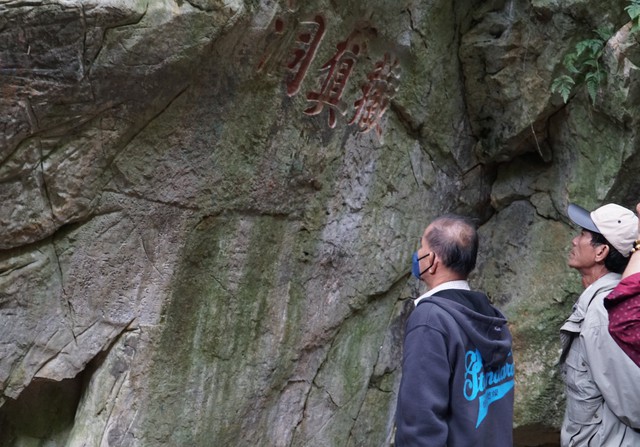One more documentary heritage in Viet Nam recognized
VGP - The People’s Committee of central Da Nang city on March 1 received a certificate recognizing 78 “ma nhai” steles on its Ngu Hanh Son Mountain as part of documentary heritage under the Memory of the World Committee for Asia and the Pacific (MOWCAP).

“Ma nhai” documentary heritage in Ngu Hanh Son Mountain in Da Nang City - Photo: VGP
The steles feature writings in a variety of genres in literature by kings and mandarins of the Nguyen Dynasty (1802-1945), monks, and scholars from the first half of the 17th century up to the 1960s.
They comprise 76 steles with writings in the Chinese script and two in the Nom-an old script of Viet Nam-according to the Cultural Heritage Department under the Ministry of Culture, Sports and Tourism.
Apart from reflecting the history, geography, and culture in Viet Nam during the feudal period, the steles mirror economic, cultural, and social exchanges between Southeast Asian nations going back to the 17th century.
They won recognition at the 9th general meeting of the MOWCAP in Andong city, the Republic of Korea, last year.
Viet Nam now has nine documentary heritages on the list of UNESCO, including three at the world level and six in the Asia-Pacific list.
Established in 1998, MOWCAP is a regional forum for UNESCO's global Memory of the World (MOW) Program.
MOWCAP aims to assist with the preservation of and universal access to documentary heritage of the Asia-Pacific region, and also to increase awareness of the existence and significance of the heritage./.
